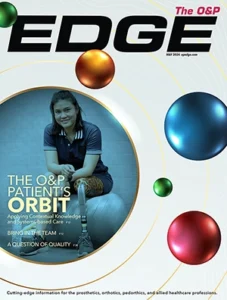
Physicians “must have a clean appearance, and wear good clothes” and “dress decorous and simple, not overelaborated, but aiming rather at good repute….”
Hippocrates
Support authors and subscribe to content
This is premium stuff. Subscribe to read the entire article.
Login if you have purchased




